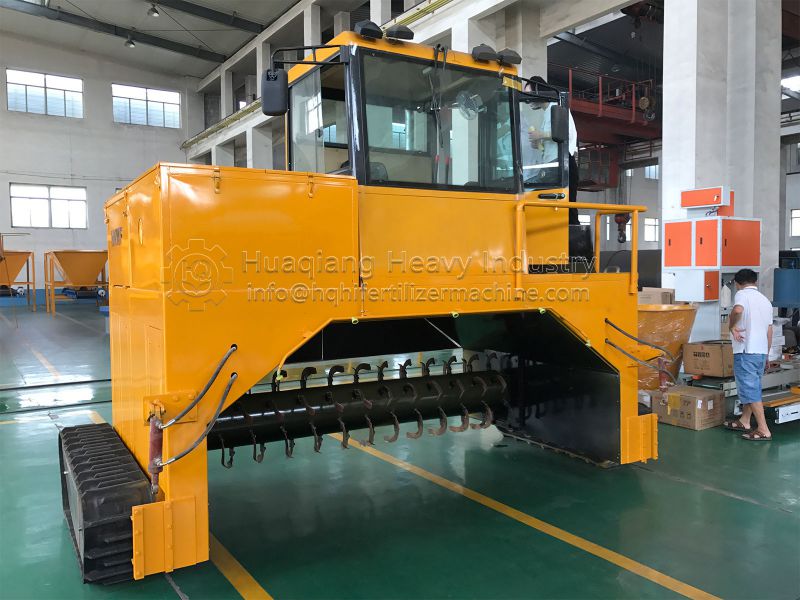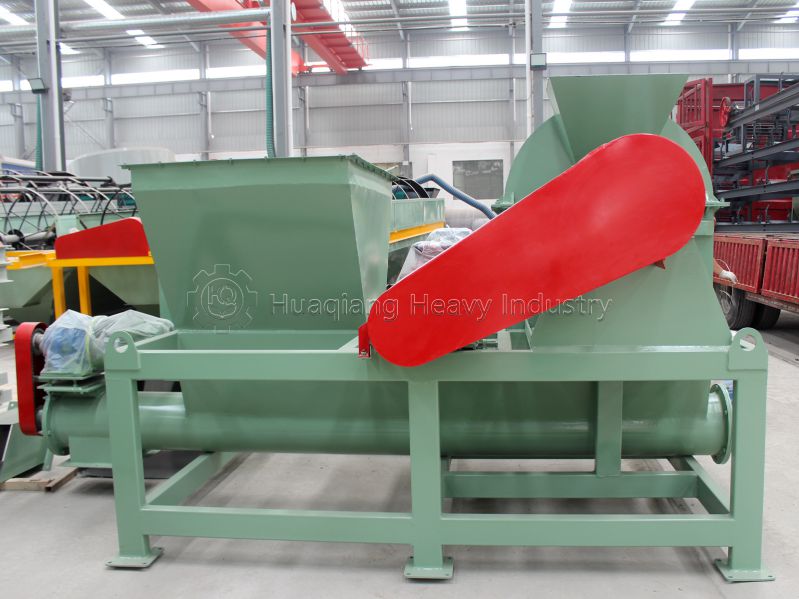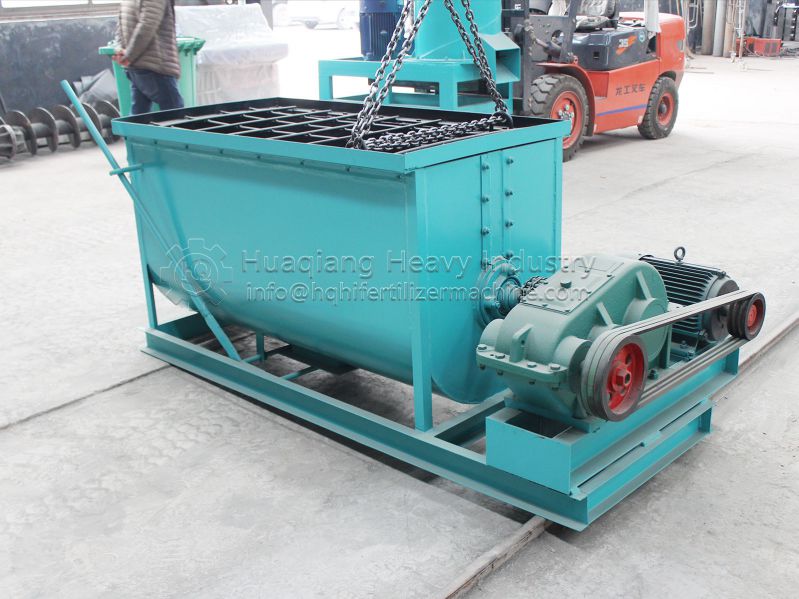What are engineering methodology that involves in the production of organics fertilizer with biochar, animal droppings, and agricultural residues?
In modern agricultural production, organic fertilizers are favored for their environmentally friendly and sustainable properties. This article will show how biochar, animal waste and agricultural residues can be used to produce efficient and environmentally friendly organic fertilizers through modern fertilizer production lines.
The story tells: The birth of organic fertilizer
Imagine a fertile farmland whose health and productivity depend on a magical black substance called biochar. Biochar, which is produced by the pyrolysis of plant residues under hypoxic conditions, can not only improve the soil structure, but also improve the soil’s water and fertilizer retention capacity. Now, we’re going to follow biochar on an amazing journey into organic fertilizer.
First, biochar is mixed with collected animal waste and agricultural residues. These raw materials, with the help of the Windrow Compost Turning Machine, are evenly turned and ventilated to accelerate the decomposition process of organic matter. This process not only reduces the emission of harmful gases, but also promotes the growth of beneficial microorganisms, laying the foundation for the efficiency of fertilizers.

Step-by-step explanation: Modern fertilizer production line
Next, the raw materials, which have been initially treated, will enter the Organic Fertilizer Production Line. Here, the raw material is first passed through a fertilizer Crusher, such as a Cage Crusher, which breaks down large pieces of organic material into fine particles. This step ensures the uniformity of raw materials and the efficiency of subsequent processing.

The pulverized material is fed into a fertilizer Mixer, such as a Horizontal Ribbon Mixer, for even mixing. In this process, some necessary microbial inoculants may also be added to further improve the biological activity of the fertilizer.

Visual element: The magic of fertilizer granulation
The evenly mixed raw material then enters the fertilizer Granulator series, such as a Flat-Die Pellet Machine or Rotary Drum Granulator. Here, the raw material is squeezed into a granular form, which not only facilitates the storage and transportation of the fertilizer, but also helps the fertilizer to be evenly distributed in the soil.
Finally, the granular fertilizer is dried by a Rotary Dryer Machine to remove excess water, and then cooled by a Rotary Cooler Machine to ensure the stability and long-term preservation of the fertilizer.
Updates and trends: The future of organic fertilizers
With the advancement of science and technology, the production of organic fertilizers is also constantly innovating. For example, by adding specific microbial inoculants, the biological activity of fertilizers can be further improved to promote plant growth. At the same time, intelligent fertilizer production lines are also constantly improving production efficiency and product quality to meet the needs of modern agriculture for efficient and environmentally friendly fertilizers.
Through this series of popular science introduction, we not only understand the production process of organic fertilizer, but also see the efficient and intelligent modern fertilizer production line. The application of these technologies not only improves the quality and effect of fertilizers, but also provides strong support for the sustainable development of agriculture.



